The best vacuum cleaner can be pricey, so it’s best to get the right information, especially if you’re planning on getting a high-end model that will work best for you, your home, and your floor type. I’ve reviewed dozens of vacuum cleaners at Guirde Labs, so I have a good understanding of which model is best for each individual and floor type.
Whether you’re shopping for an affordable vacuum cleaner, a lightweight model, a top-tier vacuum with AI features, or a simple, traditional cleaner, I’ve got a recommendation for you. However, with so many models, features, and brands available, choosing the right vacuum cleaner can be overwhelming.
This guide will walk you through the various factors to consider when buying a vacuum cleaner, ensuring that you make an informed decision that fits your cleaning needs and budget.
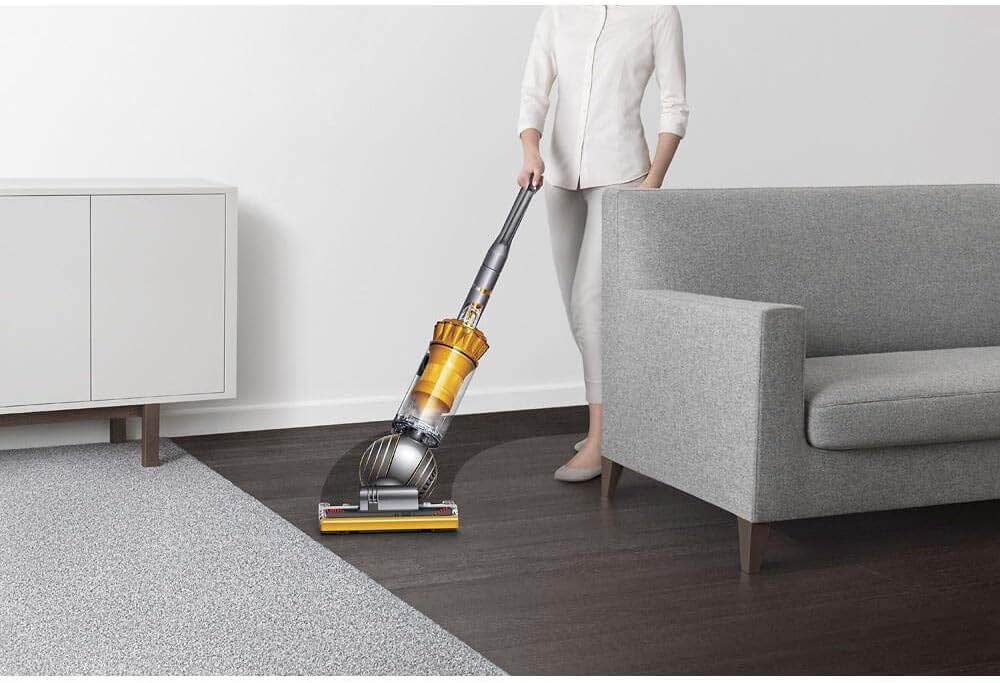
Types of Vacuum Cleaners
There are various types of vacuum cleaners, and choosing the right one depends on your specific needs, the size of your home, and the types of surfaces you need to clean.
Upright Vacuums
Upright vacuums such as the Shark NV352 are a traditional and popular choice for many homes. These are typically powerful and provide excellent suction on carpets. They tend to have a larger dust capacity and are easier to store.
Canister Vacuums
Canister vacuums like the Bissell 2252 are versatile, offering great suction and the flexibility of moving the motor separately from the cleaning head. These are excellent for hard floors and stairs and are often quieter than upright models.
Stick Vacuums
Stick vacuums are lightweight and portable, making them great for small spaces or quick cleanups. They tend to have smaller dust capacities and shorter battery life (in cordless models) but are highly convenient.
Robotic Vacuums
Robotic vacuums such as the Roborock S7 MaxV Ultra are ideal for those who want an automated cleaning solution. They are particularly useful for regular maintenance but might not have the deep cleaning power of traditional vacuums. They are perfect for hard floors and low-pile carpets.
Handheld Vacuums
Handheld vacuums including the Black & Decker HHVI320JR02 are best for quick cleanups, spot cleaning, or smaller spaces. They are generally not ideal for large areas or deep cleaning but are great for picking up crumbs, pet hair, and dirt from small areas.
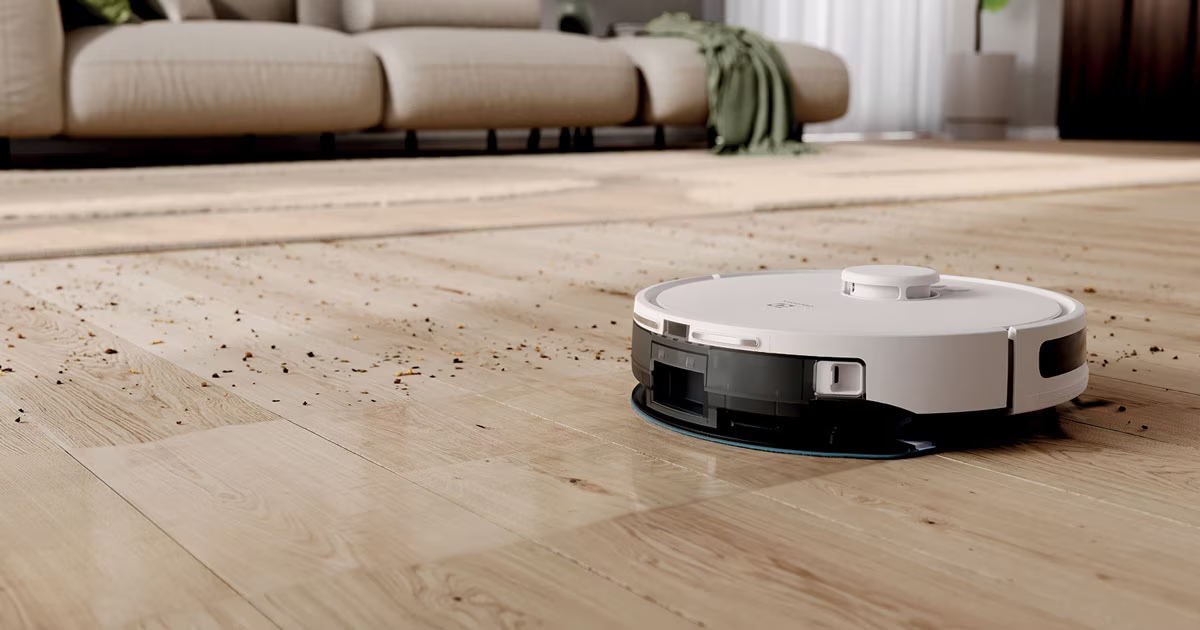
Features to Consider in a Vacuum Cleaner
When buying a vacuum cleaner, the features that come with it can significantly affect its performance and convenience. Here are the most important features to consider:
Suction Power
The suction power of a vacuum cleaner is the most crucial factor for effective cleaning. It determines how well the vacuum picks up dirt, dust, and debris. This is usually measured in watts or air watts. Higher suction power translates into better cleaning ability, particularly on carpets.
Filtration System
Good filtration is especially important for people with allergies. Many modern vacuum cleaners come with HEPA (High-Efficiency Particulate Air) filters, which trap 99.97% of particles, including pet dander, pollen, and dust mites. If you suffer from asthma or allergies, look for a vacuum with a HEPA filter.
Capacity (Dustbin or Bag)
The capacity of the dustbin or bag determines how often you’ll need to empty it. Larger-capacity models are more convenient for cleaning larger areas without needing to stop frequently. Bagless vacuums are convenient as you don’t need to replace bags, but they may require more frequent emptying.
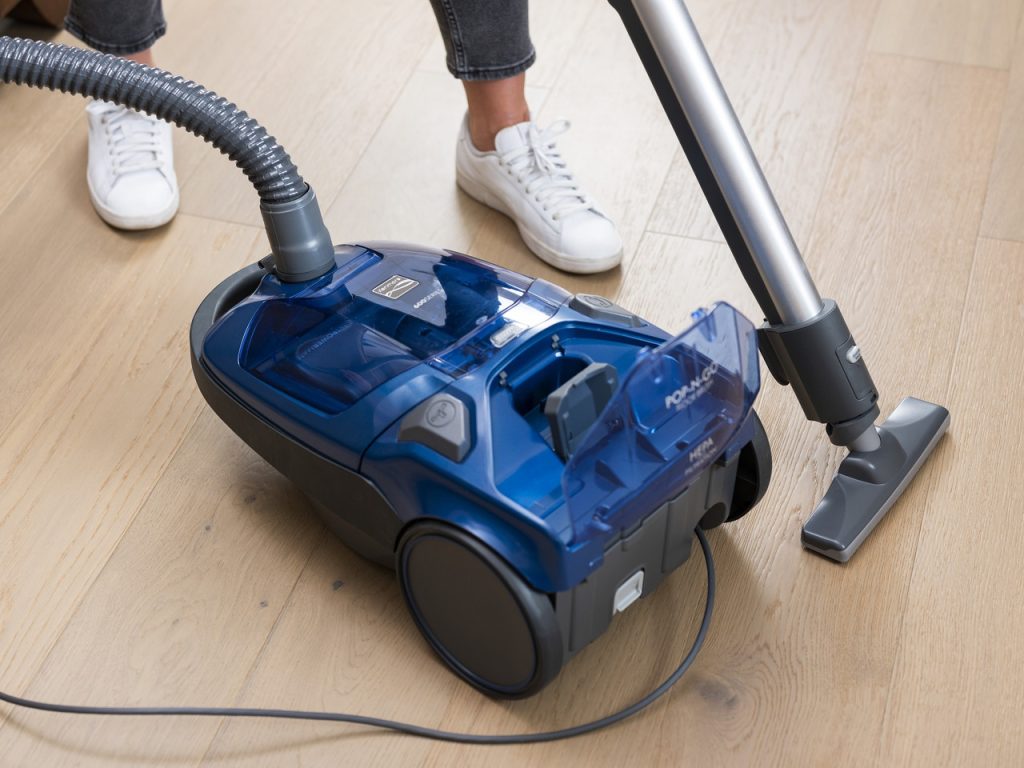
Attachments and Accessories
Many vacuum cleaners come with various attachments designed for specific cleaning tasks. Some useful accessories include:
- Crevice tools for tight corners.
- Upholstery brushes for furniture and cushions.
- Pet hair brushes for removing hair from carpets, upholstery, and pet bedding.
- Hard floor brushes for hardwood or tile floors.
Having these accessories makes a vacuum cleaner more versatile.
Cord Length or Battery Life (for Cordless Models)
For corded vacuums, ensure the cord is long enough to cover the areas you intend to clean. Typically, cords range from 20 to 30 feet in length. For cordless models, battery life is a critical factor. Most cordless vacuums can run for 20-40 minutes on a single charge, but this varies by model and battery type. If you need more runtime, consider getting an extra battery.
Noise Level
Vacuum cleaners can be noisy, and if you’re sensitive to noise or live in an apartment, you might want to consider quieter models. Many brands offer quieter options, and this information is usually specified in the product description or reviews.
Weight and Maneuverability
The weight of the vacuum determines how easy it is to move around, especially when carrying it upstairs or between rooms. Lighter vacuums are more portable and easier to handle. If you have multiple levels in your home or need to maneuver the vacuum around furniture, a lightweight model may be best.
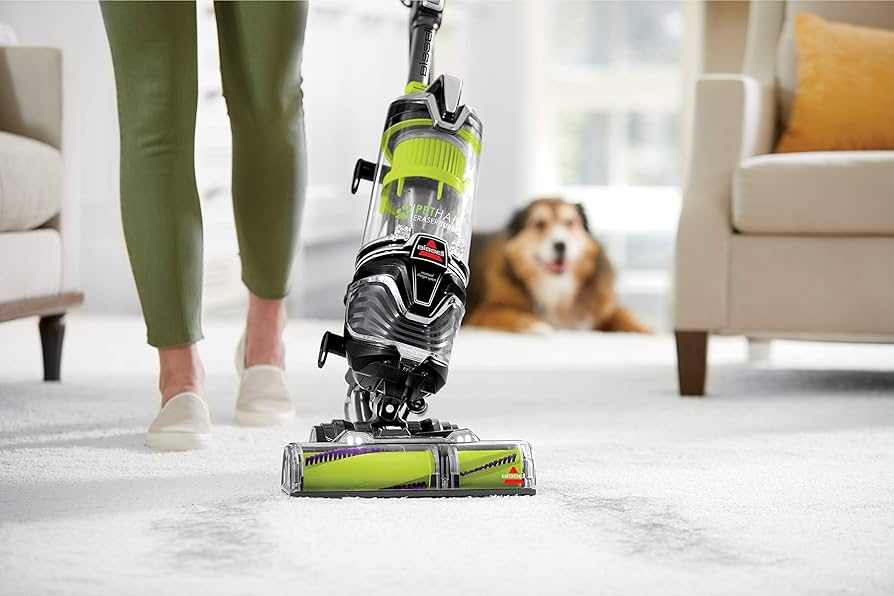
Surface / Floor Types
Different vacuums perform better on specific surfaces. Knowing the types of surfaces in your home will help you choose the most appropriate vacuum.
Carpets
If your home has a lot of carpeting, you’ll need a vacuum that provides deep cleaning power. Upright vacuums are generally the best option for carpets, as they have powerful motors and specialized brush rolls that agitate carpet fibers and remove dirt and debris deep within. For thick carpets, look for a vacuum with adjustable height settings to accommodate different pile heights.
Hardwood Floors and Tile
For homes with hardwood floors or tile, it’s essential to choose a vacuum that won’t scratch the surface. Stick vacuums or canister vacuums with a soft brush roll are ideal. A vacuum with strong suction but without a rotating brush or with a brush-roll on/off function works well on these floors, as it picks up debris without causing damage.
Pet Hair
Pet owners often deal with shedding, and a vacuum cleaner with strong suction and specialized pet hair attachments is a must. Look for a model specifically designed for pet hair, which will typically come with a tangle-free brush or a motorized pet tool for removing fur from carpets and furniture.
Multi-Surface Cleaning
If your home has a mix of carpet, tile, hardwood, and rugs, consider a vacuum that can seamlessly transition between surfaces. Some vacuums have automatic height adjustments, while others allow you to manually switch between different surface settings.
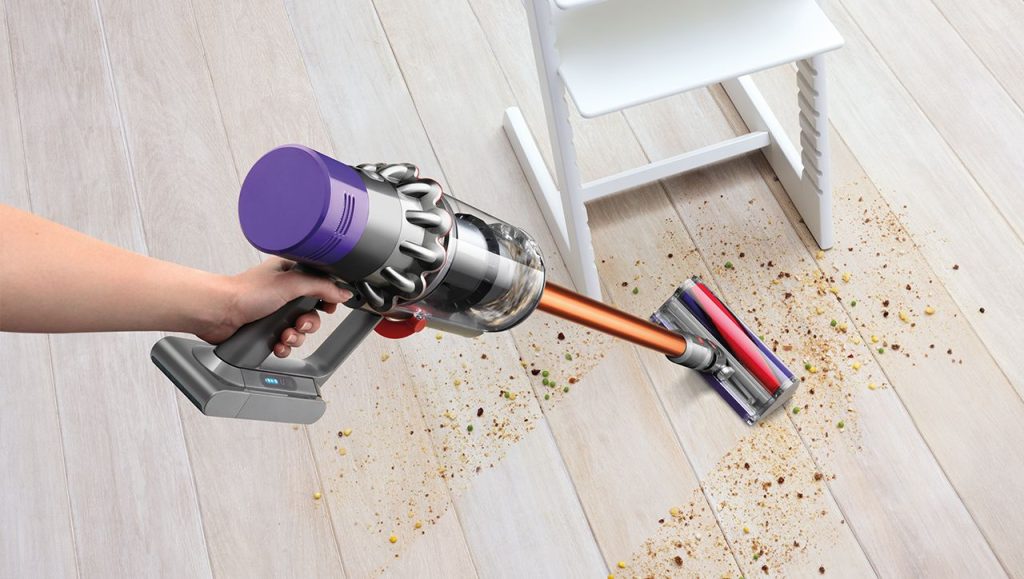
Brand and Warranty
When purchasing a vacuum cleaner, it’s important to consider the brand reputation and warranty provided by the manufacturer. Well-known brands like Dyson, Shark, Hoover, Miele, and Bissell often have a history of producing high-quality products that stand the test of time.
Before making your final decision, check the warranty period and what it covers. A good warranty can save you money in case something goes wrong. Most manufacturers offer a 1–5-year warranty, and some may even offer extended coverage if you register the product with them. Be sure to read reviews about the reliability of the vacuum cleaner and the company’s customer service reputation.
Price and Availability
Vacuum cleaners come in a wide price range, from budget options to high-end models. Your budget will largely determine the features and performance you can expect. Here’s a general breakdown of vacuum price ranges:
- Budget ($50-$150): Basic vacuum cleaners with essential features. These may lack advanced filtration systems or extra attachments but can still perform well on basic cleaning tasks.
- Mid-Range ($150-$400): Offers more powerful motors, better filtration, and additional accessories. You can expect a good balance of performance, durability, and convenience.
- High-End ($400+): Premium vacuums with advanced features, such as HEPA filtration, powerful suction, smart technology, and long-lasting durability. High-end models are ideal for people with specific needs like pet hair or deep cleaning.
It’s essential to find a vacuum that fits both your cleaning needs and your budget. If you have specific requirements like allergen control or pet hair removal, you may want to invest in a more expensive model. However, for light cleaning tasks, a more affordable vacuum can still get the job done.

Final Thoughts
Choosing the right vacuum cleaner is a balance between your needs, budget, and preferences. By considering factors such as the type of vacuum, its features, your home’s surface types, and the brand’s reputation, you can make a well-informed decision. Don’t forget to check product reviews and ratings to gain insight from other users’ experiences.
With the right vacuum cleaner, you can maintain a cleaner, healthier home with minimal effort. Happy cleaning!
